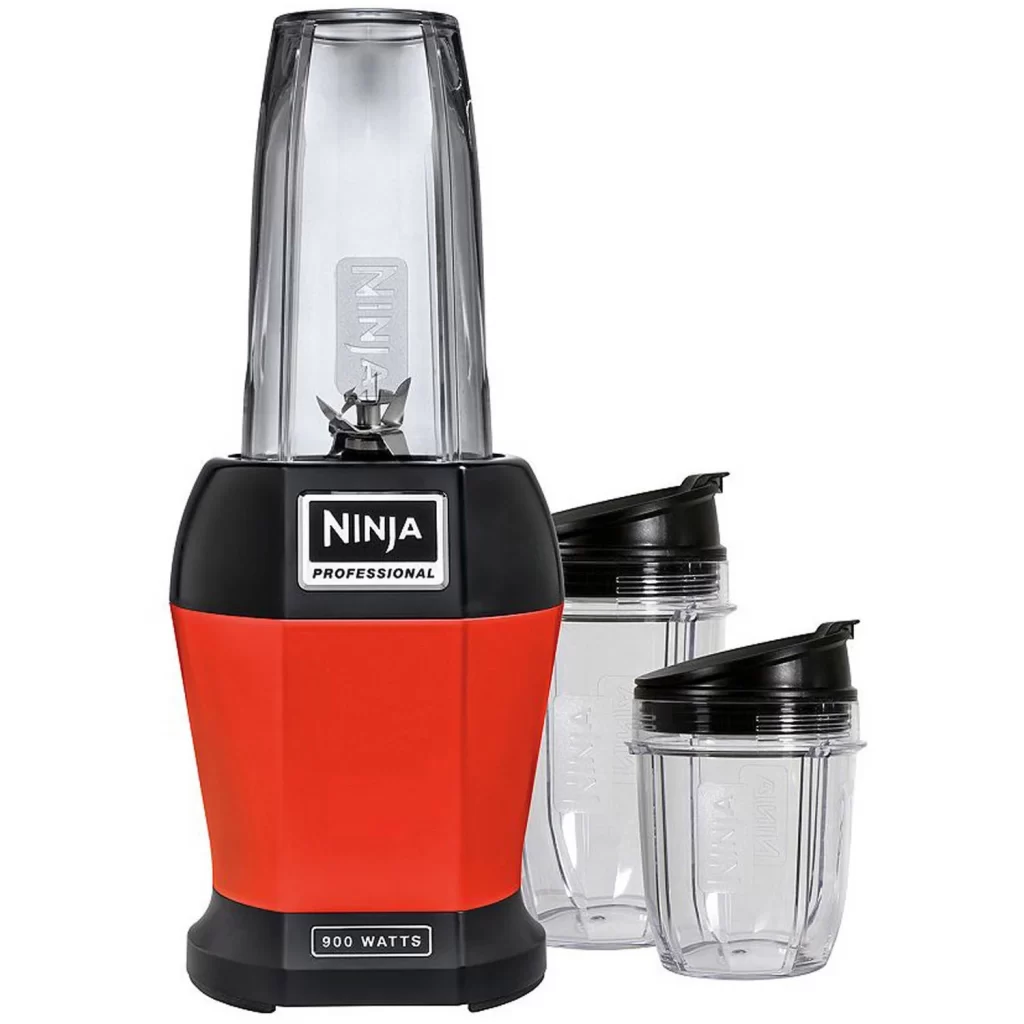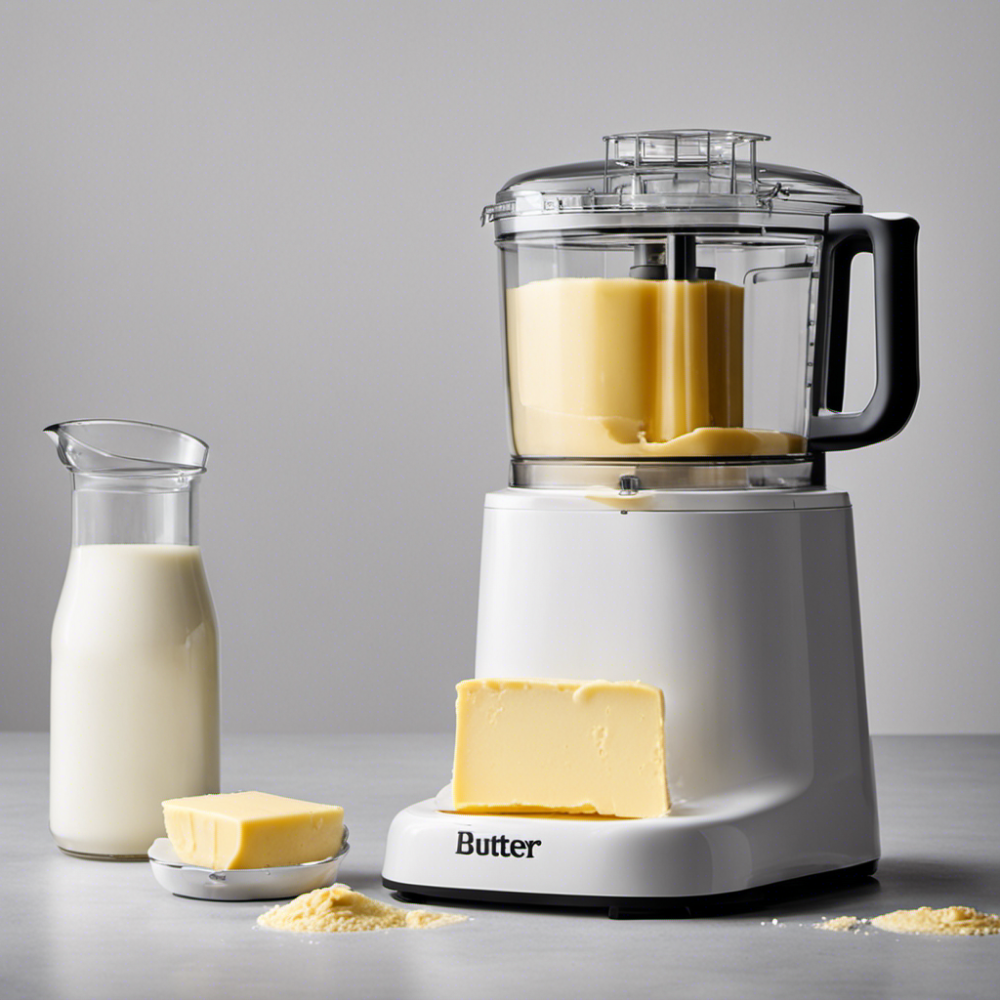
Importance of Keeping Your Food Processor Clean
How to clean a food processor? Maintaining a clean food processor is crucial. It ensures the appliance operates efficiently and safely. A buildup of food particles can lead to bacteria growth, affecting food taste and safety. Regular cleaning also maintains the processor’s condition, extending its lifespan. It helps prevent the blades from dulling and the motor from overworking. A clean food processor is also easier to use. It reduces preparation time and makes the cooking process more enjoyable. Follow these tips on how to clean a food processor and enjoy the benefits of a well-maintained kitchen tool.
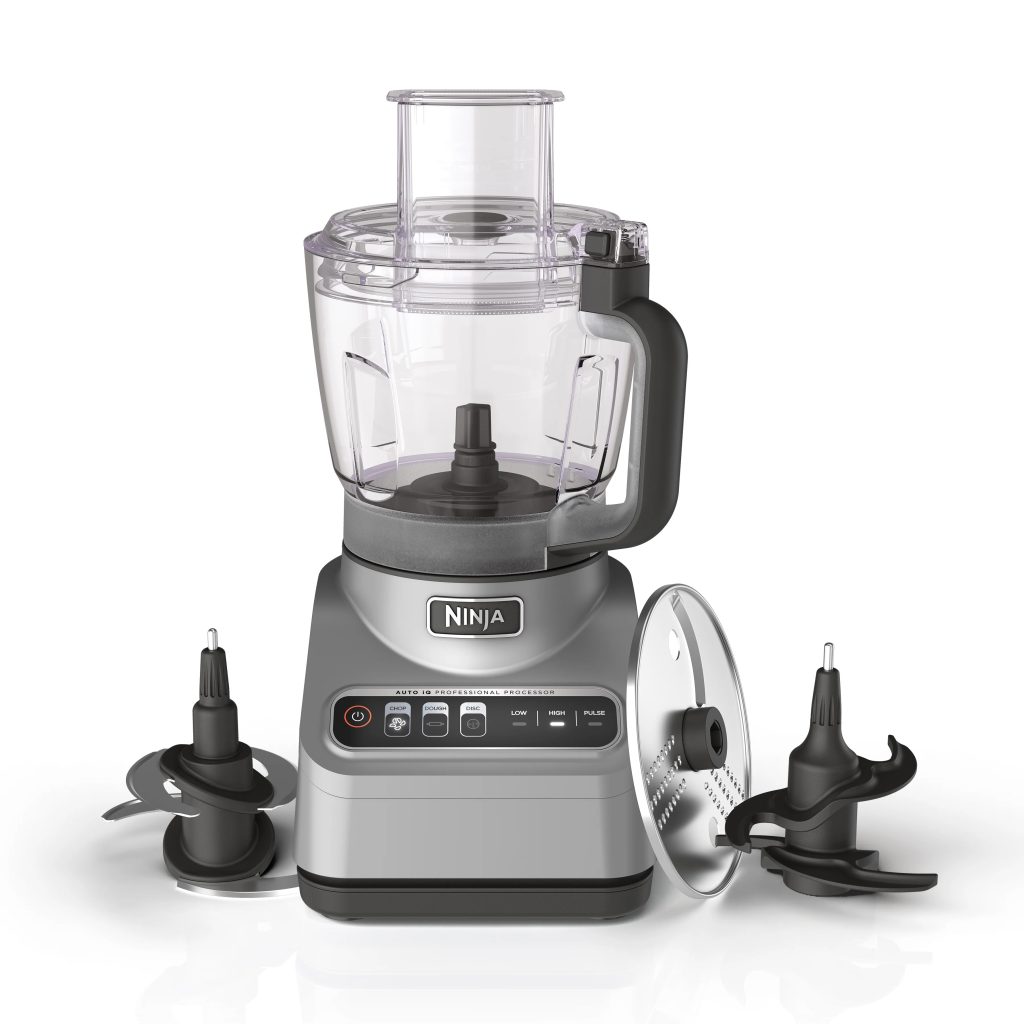
Safety First: Unplugging Your Food Processor
When it comes to cleaning your food processor, safety should always be top priority. Before you begin the cleaning process, make sure you unplug the appliance. This step is vital. It prevents any possibility of electric shock or the machine accidentally turning on. Pull the plug from the outlet. Do not just switch off the device. This extra caution ensures complete disconnection from any electrical power.
Touching the blades while the processor is connected can be dangerous. Always remove the plug first to stay safe. Keep the cord away from water during cleaning. This protects against electrical damage. By unplugging your food processor, you create a safe environment to clean thoroughly. This is the first and most critical step in learning how to clean a food processor properly.
Disassembling Your Food Processor
After unplugging your food processor, the next step is disassembly. This is crucial for detailed cleaning. First, remove the lid and the pusher assembly. Handle these parts with care. Next, take off the blade carefully; it’s sharp. If your model has a detachable spindle, remove it now. Some units have bowls that separate from the base; if so, twist to unlock it. Make sure to track all parts. This avoids confusion during reassembly. Place the parts on a clean surface. Keep screws or small pieces in a container. This prevents them from getting lost. Disassembling your food processor lets you clean each part thoroughly. It helps maintain cleanliness and performance. Remember to read the manual, it might have specific instructions for your model.
Soaking and Scrubbing the Removable Parts
Once you have taken your food processor apart, it’s time to clean the removable parts. Start by soaking. Fill your sink with warm water. Add a squirt of dish soap. Make sure the water is sudsy. Place the removable parts into the water. These include the bowl, blade, and lid. Let them soak. Give it a few minutes to loosen any stuck-on food.
After soaking, take each part out one by one. Use a soft sponge or brush. Scrub each piece gently. Pay attention to crevices and the areas near the blades. These spots tend to collect food particles. For the blade, use extra care. Avoid touching the sharp edges directly. A brush works well to clean between the blades.
For tough stains or residues, consider using a baking soda paste. Mix baking soda with a bit of water. The mixture should be thick, like a paste. Apply it with a sponge. Scrub the affected area. This paste is a great way to remove stubborn stains without scratching your food processor parts.
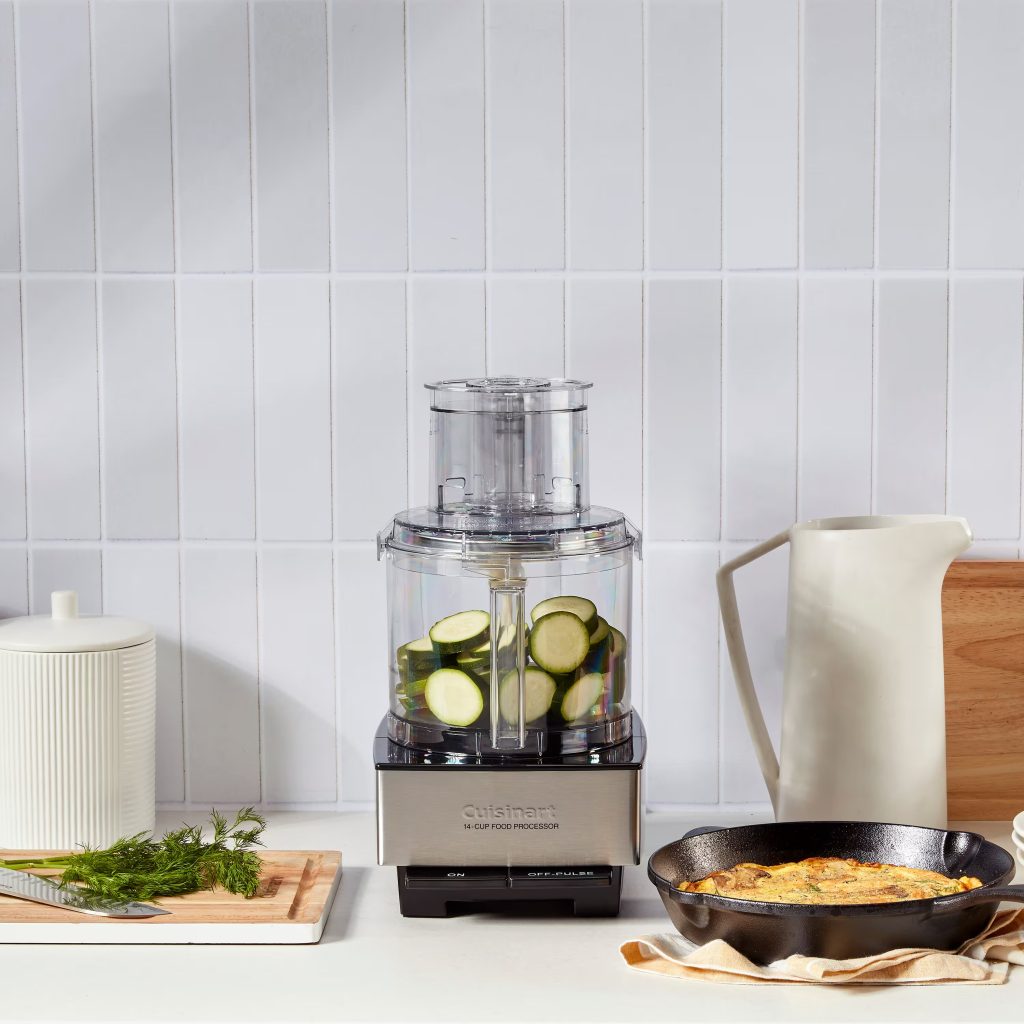
Cleaning the Food Processor Base and Motor
Cleaning the base and motor of your food processor requires careful attention. This part cannot go into the water. Start by wiping with a damp cloth. Gently remove any food residue or spills. For tight spaces, use a cotton swab or an old toothbrush. Dip it in soapy water. Squeeze out excess moisture before cleaning. This prevents water from seeping into the motor area.
Always avoid the motor vent when using a damp cloth. Water entering the motor can cause damage. For stubborn spills, use a mixture of mild dish soap and water. Apply it with a cloth, then wipe thoroughly. Ensure the soap does not enter any openings or the motor vent.
After cleaning with a wet cloth, follow with a dry one. Wipe the base and motor area until they are completely dry. This step helps avoid moisture buildup, which can lead to electrical issues or corrosion.
Drying and Reassembling Your Food Processor
After you clean all parts of your food processor, make sure they are dry. Lay out the pieces on a towel. Use another dry towel to pat them dry. Check nooks and corners for moisture. Even a small drop can cause bacteria to grow. It is vital for each piece to be completely dry before you reassemble.
Next, gather all the dried parts for reassembly. Start with the base and bowl first. Then, carefully place the blade on the spindle. Ensure it sits securely. Attach the lid and pusher assembly last. Make sure every part clicks back into place. Proper reassembly ensures the food processor functions correctly. Check the manual if you are unsure where each piece goes. Now, your food processor is clean, dry, and ready for your next cooking adventure.
Remember to dry the base and motor area with care. Use a clean, dry cloth to wipe it down. This adds an extra layer of safety against electrical hazards. Once dry, wrap the cord neatly. Store the processor in a dry place. This keeps it clean and safe until its next use. Proper drying and reassembling help maintain your food processor’s best performance. It also prevents future malfunctions or safety issues.
Regular Maintenance for Longevity
Regular maintenance is key to the longevity of your food processor. To keep it running smoothly, perform simple upkeep tasks often. Care for your food processor after each use. Wipe down the base with a damp cloth to prevent residue build-up. Check the blades for dullness. Sharp blades cut better and put less strain on the motor. If they dull, get them sharpened or replaced.
Inspect seals and gaskets for wear and tear. Replace them if they show signs of damage. This stops leaks and keeps the machine efficient. Always reassemble the parts correctly to avoid motor strain. Check the instruction manual to be sure. Every few uses, execute a deeper clean. This removes any lingering food particles and grease.
Don’t overload your processor. This can cause motor burnout or blade damage. Use it as directed and it will last longer. Pay attention to odd noises or smells. These can indicate a problem. Stop using the appliance and inspect it for issues. Refer to the manual or contact the manufacturer if needed.
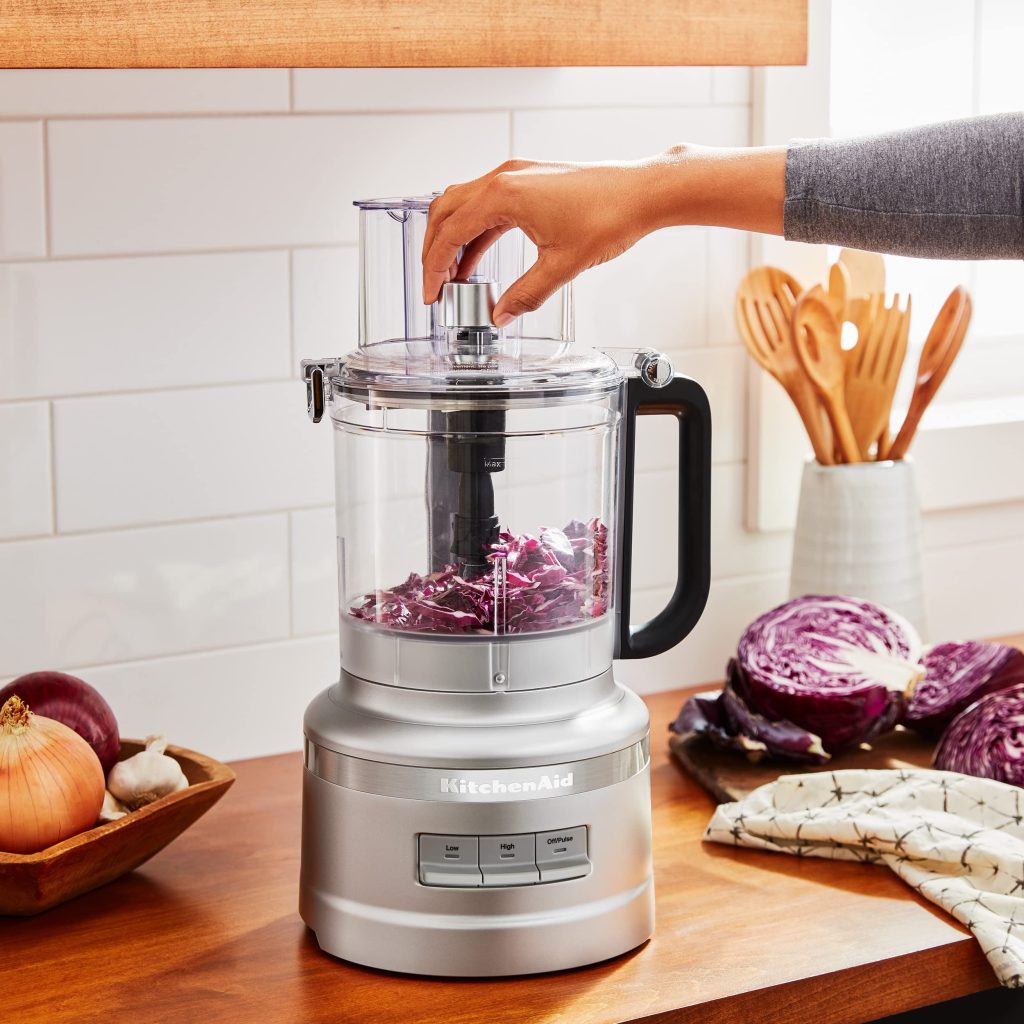
Natural Cleaning Solutions for Stubborn Stains
For those stubborn stains on your food processor, natural cleaning solutions are effective and safe. Use everyday ingredients from your kitchen. Here are some natural methods to tackle tough stains:
- Vinegar and Water Solution: Mix equal parts of white vinegar and water. Apply this solution to the stained area with a cloth. Let it sit for a few minutes, then scrub gently. Vinegar breaks down grime without harming surfaces.
- Lemon Juice: Lemon juice is great for removing discoloration. Rub a slice of lemon on the stain, or apply lemon juice directly. Its natural acidity helps to lift stains.
- Baking Soda Paste: Combine baking soda with water to make a thick paste. Spread it over the stain and scrub with a soft brush. Baking soda is abrasive enough to scrub away stains but it won’t scratch.
- Salt as an Abrasive: If you have larger, crusted food particles, sprinkle salt on them. Rub gently with a damp cloth. Salt acts as a mild abrasive to dislodge the residue.
- Hydrogen Peroxide: For set-in stains, use hydrogen peroxide. Dab it onto the stain and let it fizz for a few minutes. Wipe away with a clean cloth. Always test a small area first to ensure it won’t discolor your food processor.
Use these natural solutions as part of your routine on how to clean a food processor. They help you maintain a spotless appliance without harsh chemicals. Natural cleaners are not only better for your food processor but are also eco-friendly options.
